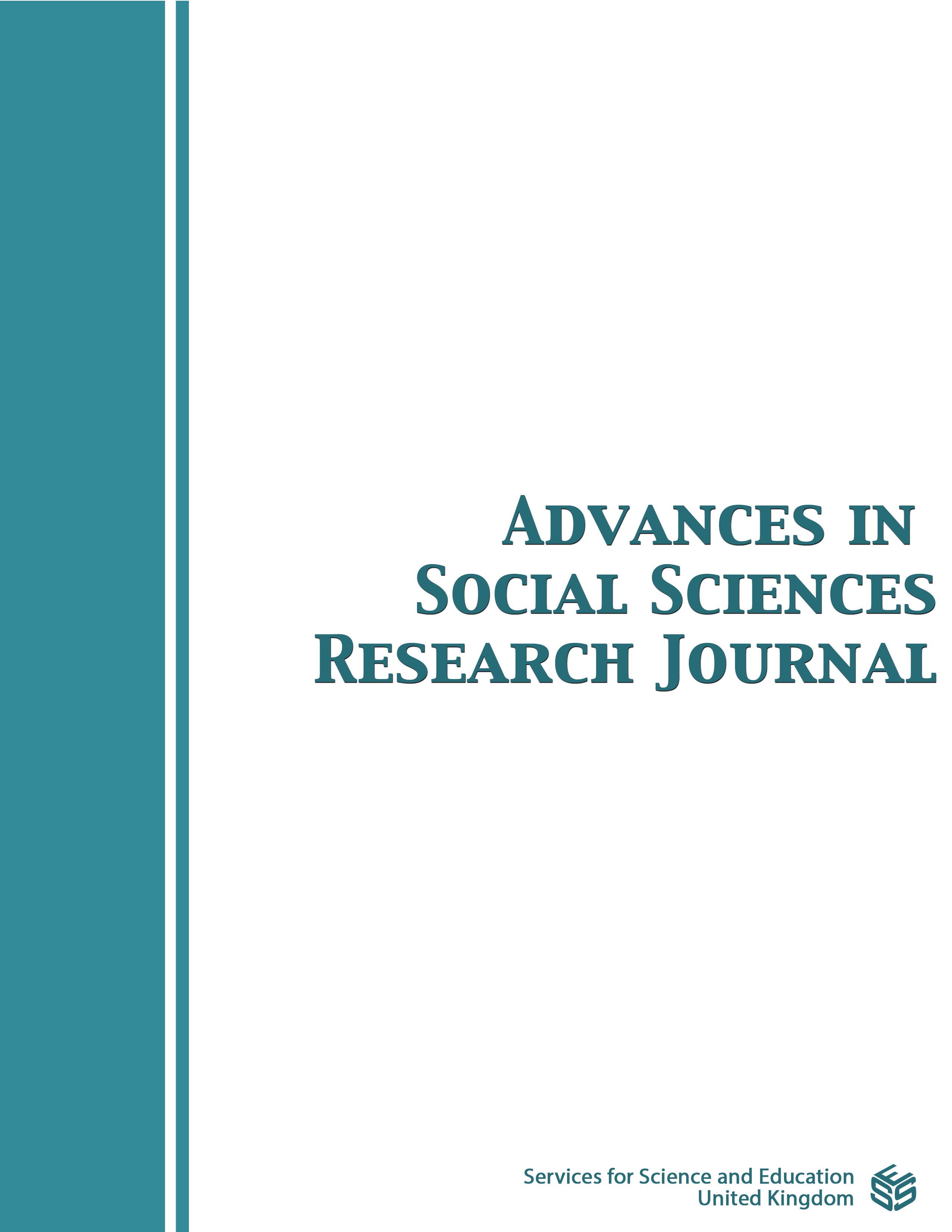Multimodal Writing in The Spanish Classroom: A Pedagogical Tool to Empower and Heal from The Covid-19 Pandemic
DOI:
https://doi.org/10.14738/assrj.106.14760Keywords:
writing, multimodal, healing, empower, identityAbstract
This paper explores the multimodal compositions of seven students in an intermediate Spanish class which took place during the Summer of 2021. The class met virtually by zoom due to the Covid-19 pandemic, which limited face-to-face interactions. The Covid-19 pandemic had a profound effect on people's lives around the world, causing not only physical health issues but also mental health problems such as stress, anxiety, and depression among others. Multimodal writing is a tool to empower students and help them heal from the trauma of the Covid-19 pandemic. In addition, multimodality allows students to produce texts that reflect their experiences, identity, and voices through the various modes of communication available on the internet. Even though writing has become an important language skill due to technology and all the social platforms, some scholars don’t give the same importance to writing than to other skills in language learning (Valdez et al., 1992). Multimodal texts combine two or more modes of communication, such as written language, spoken language, visual, audio among others (The New London Group, 1994). As Edwards-Groves (2011) strongly stated “A contemporary focus on writing highlights how technology use also enables new possibilities for creativity – new creativities – in multimodal text construction and meaning making (p. 51).
Downloads
Published
How to Cite
Issue
Section
License
Copyright (c) 2023 Ana Sanchez

This work is licensed under a Creative Commons Attribution 4.0 International License.
Authors wishing to include figures, tables, or text passages that have already been published elsewhere are required to obtain permission from the copyright owner(s) for both the print and online format and to include evidence that such permission has been granted when submitting their papers. Any material received without such evidence will be assumed to originate from the authors.






